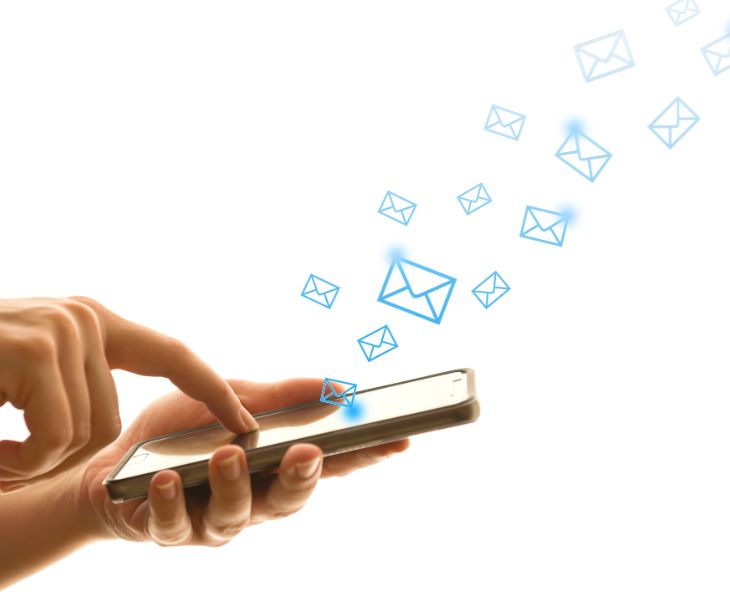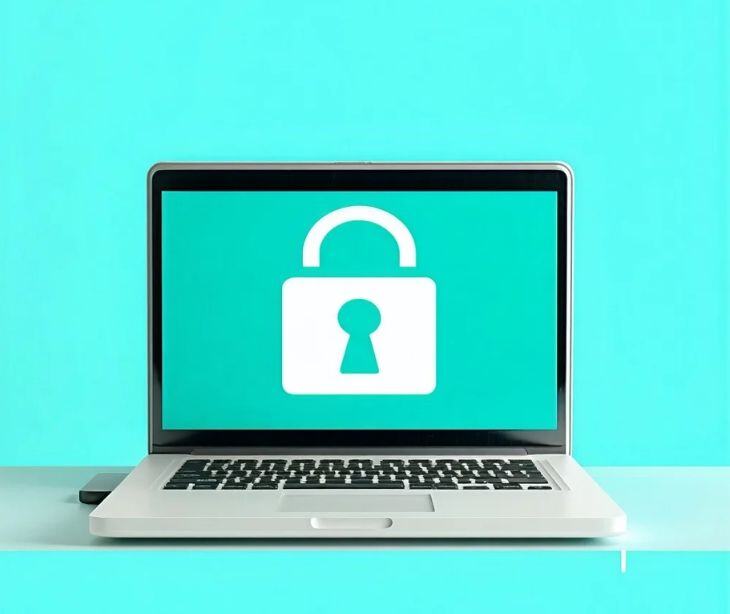3 min read
How to make the most of HIPAA compliant email as a therapist
Kirsten Peremore
March 31, 2024

Therapists can improve the breadth and width of their therapeutic impact by using HIPAA compliant email creatively and ethically.
Pre-session questionnaires
“These data suggest that the most important contact in the therapy sessions is during the first one, because it is the one with the highest weight.”
The above extract from Frontiers in Psychology provides insight into how necessary it is to set the right tone in the first session with new patients. Pre-session questionnaires allow patients to set their intentions, concerns, and any necessary background information before entering the session in a way general communication forms might not. This can shorten the initial introductory session and instead allow for targeted therapy revolving around what the patient wants. It is also far easier for some patients to express themselves in questionnaires, especially regarding topics or experiences they might not yet be able to vocalize.
See also: HIPAA compliant email for therapists
Post-session summaries
Post-session summaries are concise recaps of what transpired during a therapy session, including the main topics discussed, insights gained, and any homework or action items agreed upon. These summaries help in therapy by helping clients reflect on their session, solidify their understanding of the therapeutic content, and maintain focus on their goals.
A study from the Journal of the Royal Society of Medicine found that “In order for patients to adhere to healthcare advice, it is essential that they are able to recall this following a consultation.” Therapists can effectively use email to deliver these summaries directly to their clients after each session. This approach ensures clients have a permanent record of their progress and allows them to revisit and reflect on their journey at any time.
Progress tracking and milestone celebrations
Progress and milestone tracking provide a clear view of the client's journey, bringing to attention the areas of improvement. This process motivates clients by showcasing their achievements and helps in adjusting therapeutic strategies to better meet the client's needs.
Therapists can use email by sending regular updates on the client's progress, celebrating milestones reached, and discussing the next steps. For instance, after a client successfully implements a coping strategy learned in therapy, the therapist might send an email acknowledging this achievement and encouraging further growth. Naturally, any email mentioning treatment and other protected health information will need to be a HIPAA compliant email.
Psychoeducational series
“Psychoeducation combines the elements of cognitive-behavior therapy, group therapy, and education. The basic aim is to provide the patient and families knowledge about various facets of the illness and its treatment so that they can work together with mental health professionals for a better overall outcome.”
Extending in the extract above, a psychoeducational series is a structured set of informative content designed to teach clients about various aspects of mental health. These series work to empower clients with knowledge and practical skills to manage their mental health issues.
Email allows for the delivery of these series, acting as a direct and personal channel to send clients weekly or monthly educational materials. This method allows clients to learn at their own pace, reflect on the information, and apply new strategies to their daily lives. Through email, therapists can provide a steady stream of valuable insights and exercises.
Customized resource libraries
Therapists can use email to share customized resource libraries by curating a selection of articles, videos, books, and websites tailored to each client's specific needs and therapeutic goals. This personalized approach allows therapists to directly send clients links or attachments containing valuable resources that can support their journey outside of therapy sessions.
For example, a therapist might email a client dealing with anxiety a list of recommended readings on anxiety management techniques, along with links to guided meditation videos. By using email for this purpose, therapists provide a convenient and accessible way for clients to explore and engage with materials that can improve their understanding, coping strategies, and overall well-being.
See also: Top 10 HIPAA compliant email services
FAQs
What measures can therapists take to avoid burnout from the expectation of constant availability due to email accessibility?
To avoid burnout from constant email availability, therapists can set specific email checking times and communicate clear response timeframes to clients.
How can therapists ensure they stay within their professional boundaries when the ease of email might encourage more casual or frequent communication?
Therapists can maintain professional boundaries in email communication by establishing clear guidelines on the appropriate use of email and sticking to a professional tone and content in their messages.
How can therapists personalize email communication without compromising on efficiency?
Therapists can personalize email communication efficiently by using templates for common responses that allow customization to address individual client needs and situations.
Subscribe to Paubox Weekly
Every Friday we'll bring you the most important news from Paubox. Our aim is to make you smarter, faster.






